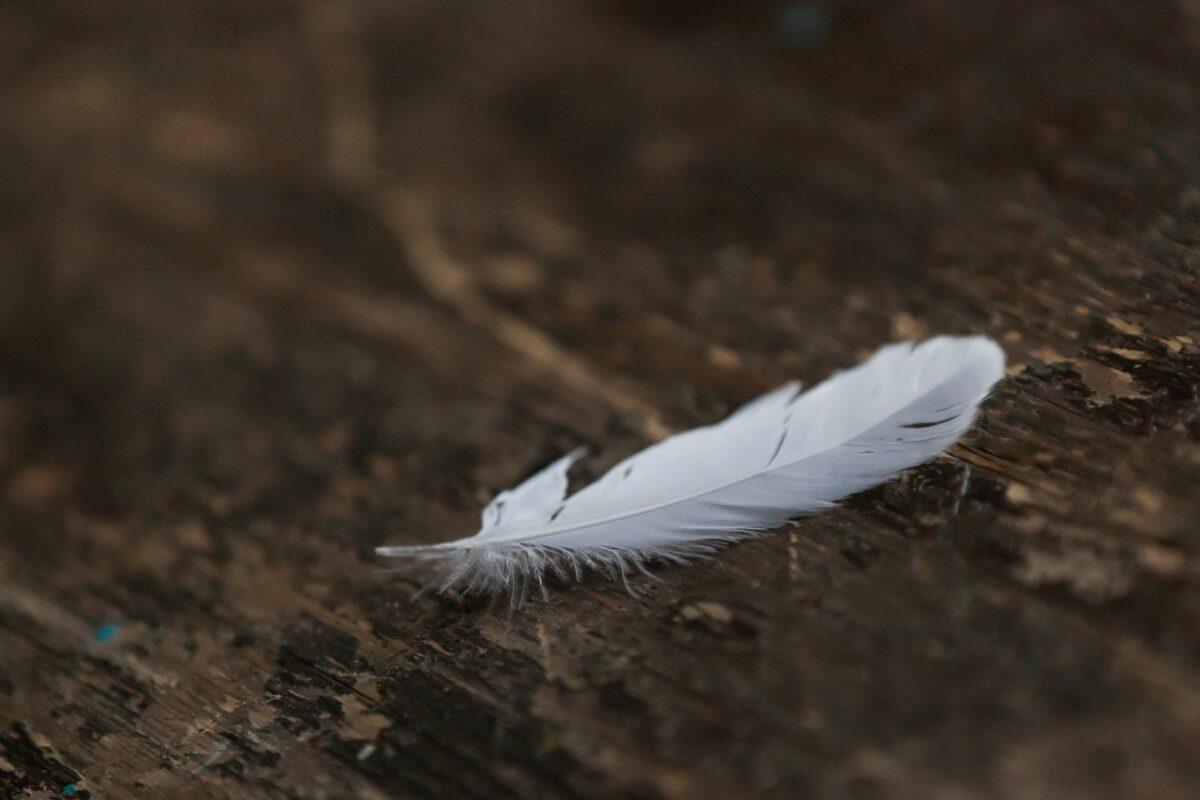Lets face it, most of us are tempted every now and then to take something “tangible” as a souvenir of a wonderful trip instead of just pictures. Ignoring the fact that these souvenirs often end up as dust catchers in some corner of the house 😀 Today we’re going to talk about what you need to look out for if you want to collect feathers on vacation. PICTURE: ©dimedrol68 | Stock.Adobe.com
Laws in Germany: Collecting feathers is prohibited
First of all, it should be noted that collecting and possessing bird feathers without a permit is generally prohibited in Germany. This is because all native bird species are protected and the possession of parts of protected species is punishable under § 44 (2) of the Federal Nature Conservation Act. This may sound exaggerated, but it is simply due to the fact that it is difficult to determine after the fact whether the feathers were found or otherwise obtained. Therefore, it is a matter of animal welfare.
Can I collect feathers while traveling?
Whether the laws at the vacation destination are similar to those in Germany must be checked on a case-by-case basis, as the legal situation varies widely around the world. For example, it is generally illegal to collect bird feathers in the USA. However, entering the EU is much more problematic, as the Convention on International Trade in Endangered Species of Wild Fauna and Flora (CITES) has been in force here since 2015. It is an international agreement between 184 countries that, among other things, regulates the trade, import and ownership of protected species. It stipulates that certificates or permits are required to import protected animals, their parts or products made from animal material. The exact import regulations depend on the classification of the species into three different levels of protection, which are listed in the CITES Appendices.
If the feathers of a bird species fall into one of these three categories, you can quickly get into trouble with customs if you do not have the proper documentation. The feathers will be confiscated and you may face a fine and, in rare cases, imprisonment. It is also important to note that such certificates and permits can only be issued by the relevant authorities. So, if you buy a souvenir made of feathers in a shop, a certificate from the seller is not sufficient.
Conclusion
We recommend that you simply leave the feathers and sand behind and choose another souvenir (dust catcher 😀 ) to remember your trip. Even if you think the feathers are from a species not covered by CITES, as a layman you could make a mistake and cause yourself stress and expense. You should also consider whether it is worth the risk and possible expense of obtaining the appropriate paperwork for a souvenir.




